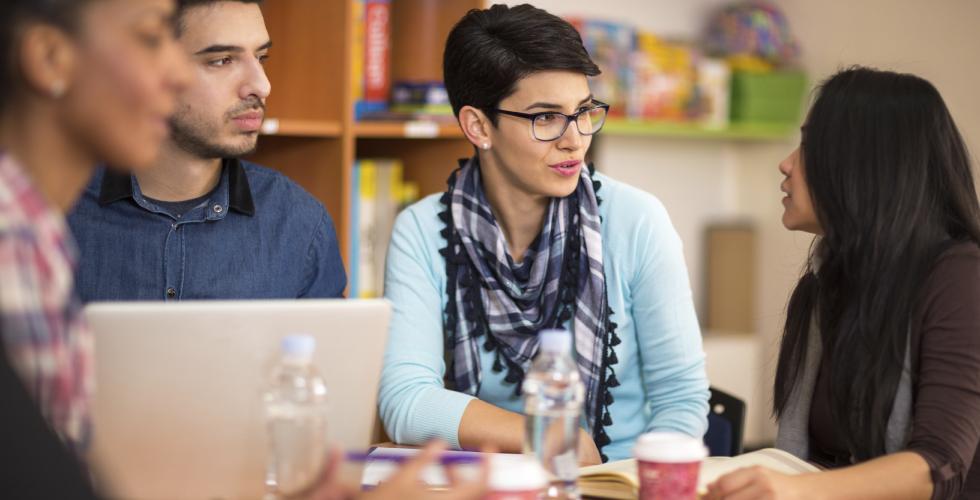Immigrants make up a third of Norway’s research personnel
But the vast majority of them are foreign researchers. Immigrants educated in Norway and descendants of immigrants are underrepresented in Norwegian academia, new statistics show.
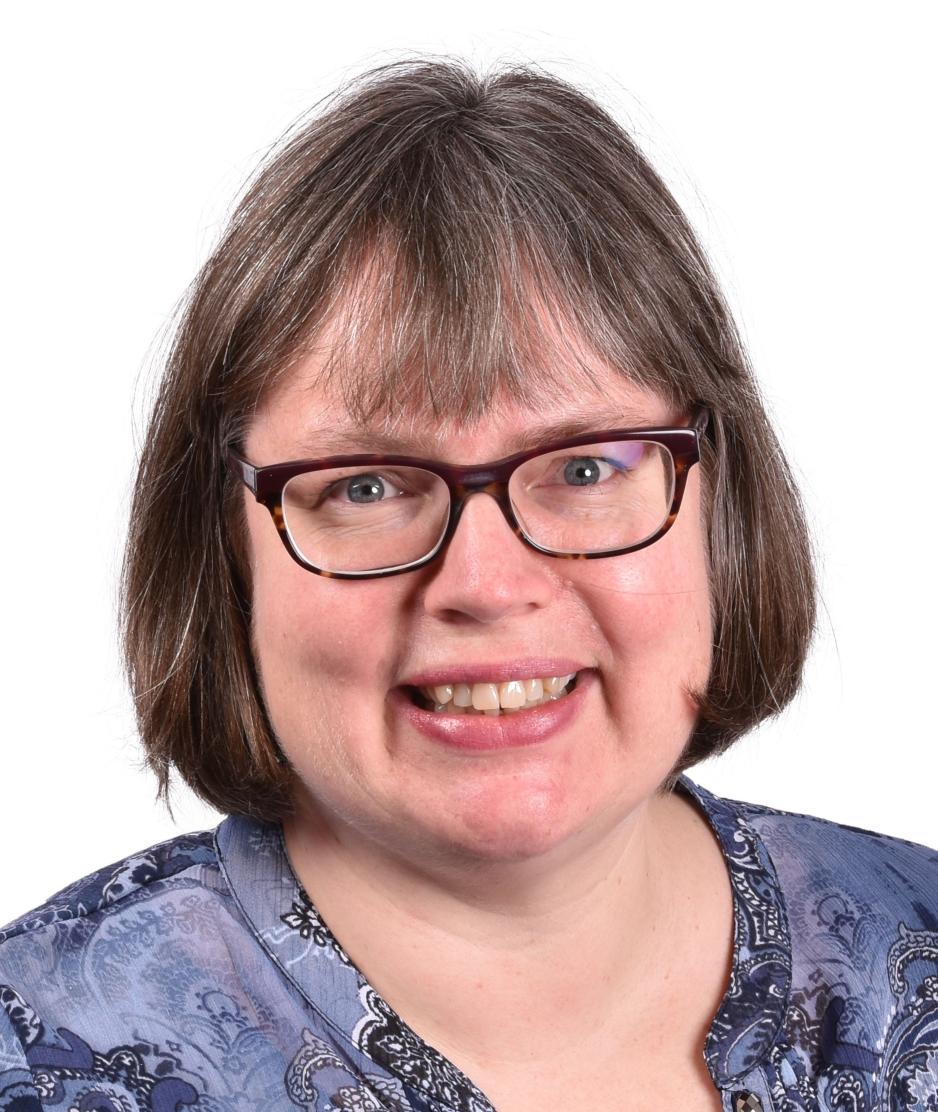
How diverse, really, is Norwegian academia compared to the population in general?
The Nordic Institute for Studies in Innovation, Research and Education (NIFU) and Statistics Norway (SSB) have compiled a new statistical overview of researchers and academic staff at Norwegian university colleges, universities, research institutes and health trusts.
The overview shows that immigrants made up 29 per cent of research personnel in 2018. This implies that immigrants, who account for 17 per cent of the general population, are overrepresented in academia.
But in reality, “76 per cent of these immigrants and descendants of immigrants were internationally mobile researchers educated abroad, both in 2014 and in 2018,” says Hebe Gunnes, a senior adviser at NIFU who is responsible for the diversity statistics.
Most are from Europe
To be defined as an immigrant, someone must be born outside Norway and have two non-Norwegian parents. Most immigrants in research, therefore, are international researchers who move to Norway to work in a variety of research positions:
“Germany is the country with the largest number of researchers in this group, followed by Sweden, China, the UK and Denmark,” Gunnes reports.
The largest universities are the ones with the highest proportion of immigrants on their research staffs. For permanent employees, the University of Bergen leads with 29 per cent immigrants, followed by the University of Oslo (27 per cent) and the Norwegian University of Science and Technology (NTNU, 25 per cent).
For temporary positions such as post-doctoral fellowships, doctoral students and researcher posts, UiT The Arctic University of Norway and the Norwegian University of Life Sciences (NMBU) have the highest proportion of immigrants, both at 54 per cent.
“It is easier to recruit international researchers to the big cities, while the rural parts struggle to attract enough applicants,” Gunnes says.
“In addition, most immigrants in research are post-doctoral fellows and doctoral students, and most of these positions are at the comprehensive universities. That factor along with the language requirements in certain professional subjects explains why there are fewer immigrants at state university colleges,” Gunnes says.
Nursing science, for example, requires applicants to master a Scandinavian language because the instruction is given in Norwegian.
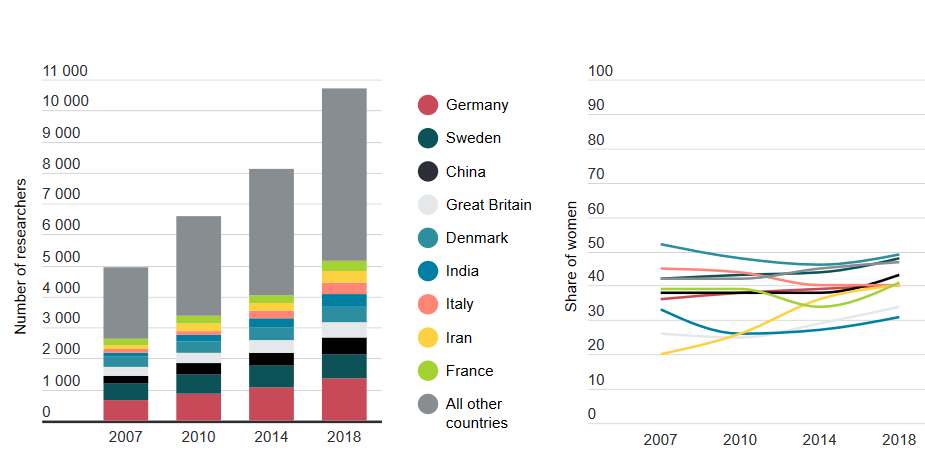
International labour market
Most researcher positions are now announced internationally, but that is not because of diversity goals, in the view of Gunnes.
“It is mostly about attracting the best candidates – academic quality and relevance. Many international researchers simply beat out the Norwegians.”
The senior adviser thinks it will be interesting to track the long-term changes Norway will undergo as the research environment becomes more international.
“It could alter the working environment, since we are accustomed to spending our time differently in Norway. Abroad, researchers often work more than 50 hours a week. Might that put pressure on Norwegians to work just as much and publish more?”
She adds:
“A more international research environment is also extremely positive in some ways. The international researchers bring lots of exciting ideas and research topics. That builds up the networks and knowledge Norway needs.”
Can Norway retain the expertise?
The new diversity statistics were presented at a webinar hosted by the Committee for Gender Balance and Diversity in Research (KIF Committee) on Friday 15 January. Marta Bivand Erdal is one of the researchers who discussed the new statistics during the launch.
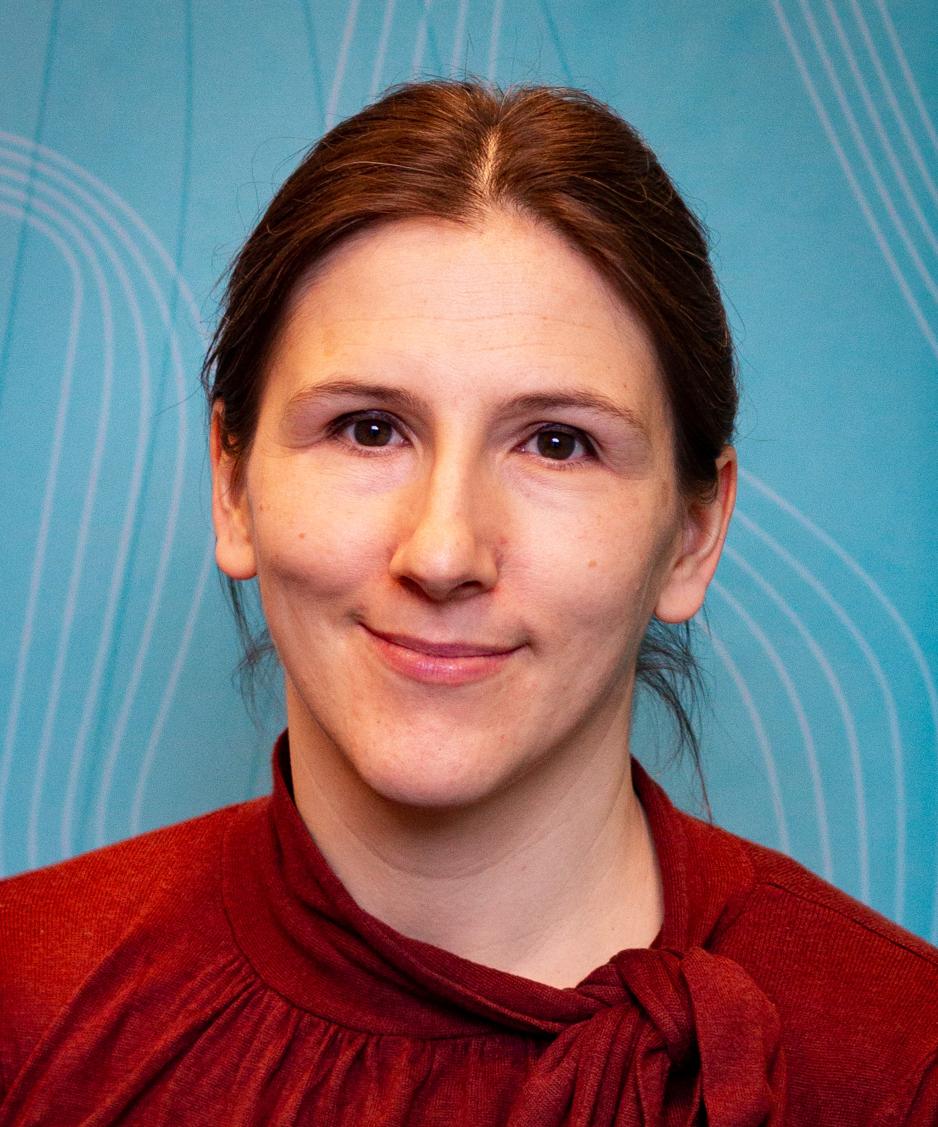
“What’s not so surprising about the diversity statistics is that very many people come to Norway from abroad to complete a doctoral degree or take up a post-doc or research position. The number keeps on rising,” says Erdal, who is a migration researcher and Research Director at the Peace Research Institute Oslo (PRIO) in addition to being a member of the Young Academy of Norway.
“Among post-docs in particular, the proportion of immigrants is very high.”
She hopes to spark discussion about how an open, international labour market will affect Norway’s researchers and academic environment in the long run.
“Will these researchers stay in Norwegian academia, or will we eventually lose this expertise? Are there any strategic plans on the topic?
“We can examine that by looking at the age composition of immigrants in research, for example. How large is the immigrant share when you look at researchers over the age of 55? And not least: what are the trends in terms of how long the researchers have lived in Norway and the career paths over time for ‘academic migrants’,” Erdal asks.
Few descendants
Unlike immigrants as a group, the descendants of immigrants are underrepresented in Norwegian research. Descendants make up only 0.5 per cent of research personnel in Norway. The previous report showed 0.4 per cent, so progress has been slow.
“We see very few descendants of immigrants going into research careers, but it may be too early to draw any conclusions. Many of them might not have advanced far enough to be in research positions yet,” says Gunnes.
“We see that most of them are in temporary positions, so perhaps the number will go up over time.”
One possible explanation is that many people born in Norway to immigrant parents enter study programmes where it is less common to continue on into research. Law, dentistry, pharmacy and medicine may be examples. According to Gunnes, no analysis of the issue has been done and more research is needed.
“Among students, almost four per cent are descendants of immigrants, which is a major increase since 2007,” Gunnes says.
“That suggests that more Norwegian-born people with immigrant parents are taking higher education in Norway but don’t yet hold researcher positions to the same extent.”
More immigrant women in natural sciences and technology
In general, most of the applicants from abroad who seek researcher positions in Norway are men, but Norway’s institutions also draw many female researchers from abroad.
One interesting finding in the statistical overview is that the female researchers in mathematics, natural sciences and technology include a higher percentage of immigrants than do their male counterparts in the same subjects.
The increase from 2007 to 2018 was considerable: in 2018, more than half of the women in mathematics and natural sciences were immigrants and descendants of immigrants, compared to a third in 2007. In technology, the proportion increased from 29 per cent to 44 per cent.
“It would seem that in subject areas where there is a deficit of one gender, an attempt is made to recruit more from abroad. Maybe there are not enough female Norwegian applicants, but we do not know why,” says Gunnes.
Were there any surprises this year, in your view?
“There has been somewhat more growth than expected in the share of research personnel who are immigrants. The growth is strongest in temporary positions like doctoral students and post-docs, especially at the universities and university colleges. In the institute sector there is little growth, and in health trusts none,” says Gunnes.
Diversity and discrimination
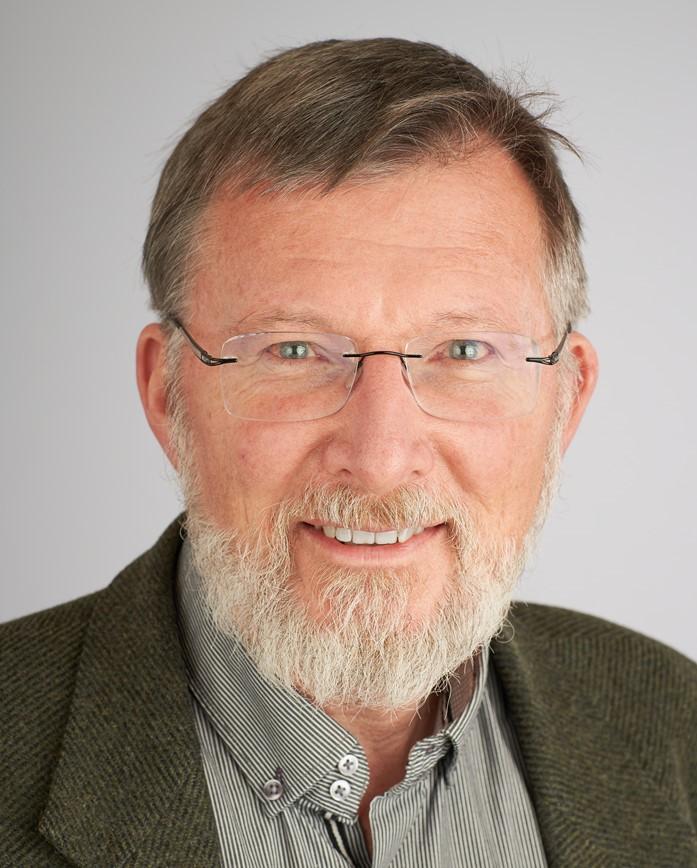
Senior adviser Helge Næsheim of Statistics Norway was commissioned along with Hebe Gunnes to update the numerical figures. When asked how they define diversity, he replies:
“Diversity is something you can measure in several dimensions. We have chosen to look at diversity especially in terms of immigrant background, but we also include gender. We view the immigrant portion of the entire population as a group.
“The next question was whether immigrants are underrepresented in academic positions in relation to immigrants in the population – in the groups that form the recruitment base for academic positions,” he explains.
One way of defining such a recruitment base is to look at the number of people taking higher education. Another is to look at the number who actually apply for academic vacancies. According to Næsheim, the tables shed no light on the latter.
Do immigrants and descendants of immigrants encounter discrimination or barriers in academia?
“Such questions usually refer to immigrants who have lived in Norway for some time and received their education here. The tables we set up may indicate a possible under-representation of immigrants in terms of country background, but they say nothing about whether discrimination is the reason,” says Næsheim.
“We don’t know enough about the descendants”
Erdal tells of a study by the Young Academy of Norway which documents perceived discrimination among women and among young foreign-born researchers of both genders.
“The survey showed that every fourth researcher with an immigrant background had experienced discrimination and lack of inclusion. The discrimination was relatively widespread in informal processes in the workplace, so research institutions should strengthen efforts even more to ensure inclusion,” she says.
“As the diversity statistics show, very few Norwegian-born children of immigrants work in academia. The explanation is probably that barriers exist, but we don’t know enough about it yet. Hopefully, these statistics will provide a basis for new and better understanding in the future.”
Why is it important that the staff of higher education and research institutions reflects the diversity of the population?
“If universities, university colleges and research institutes don’t reflect a country’s population – if, let’s say, there is a large imbalance between the sexes or between people from different regions, or if minorities are not represented at all – then it detracts from the legitimacy of the institutions,” says Erdal, and adds:
“By legitimacy, I mean being representative and transparent, and having credibility.
“But I also have in mind how we expect publicly funded institutions to function in general, which is to say with openness and equality of opportunity. The best results are not achieved by narrowing our perspective, but by being ground-breaking, radical and nonconformist.”
Translated by Walter Gibbs and Darren McKellep.
Sources: Statistics on diversity in research, NIFU Insight 2020: 19, NIFU’s R&D statistics bank.
See also our overview Statistics on gender balance and diversity.



